October 9-15 is Fire Prevention Week in the USA.
Here are some Fire Safety Tips from http://www.usfa.fema.gov/:
Control Kids’ Access to Fire
- Keep all matches and lighters out of the hands of children. If possible, keep these sources of fire in locked drawers. Consider buying only “child-proof” lighters—but be aware that no product is completely child-proof.
- Children as young as two years old can strike matches and start fires.
- Never leave children unattended near operating stoves or burning candles, even for a short time.
- Teach children not to pick up matches or lighters they may find. Instead, they should tell an adult immediately.
Fire Safety at Home
- Smoke alarms should be installed on every level of the home, especially near sleeping areas.
- Smoke alarms should be kept clean of dust by regularly vacuuming over and around them.
- Replace batteries in smoke alarms at least once a year. And replace the entire unit after ten years of service, or as the manufacturer recommends.
- Families should plan and practice two escape routes from each room of their home.
Photo: Tony Alter

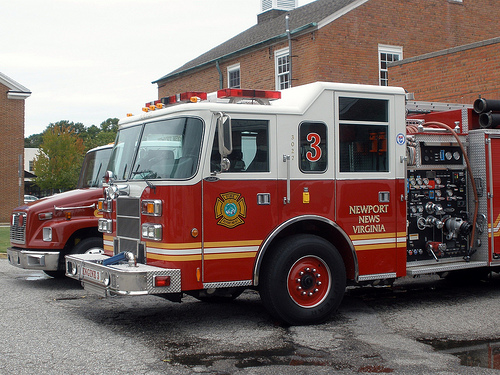
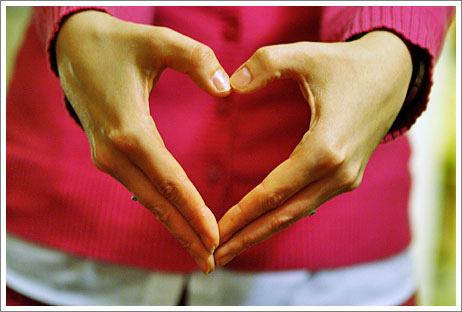 Almost everyone experiences culture shock when they come to a completely new environment. Everything is different: the language, the food, and the people.
Almost everyone experiences culture shock when they come to a completely new environment. Everything is different: the language, the food, and the people.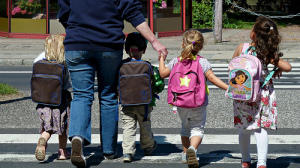

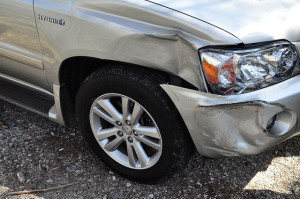
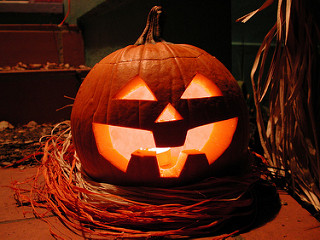

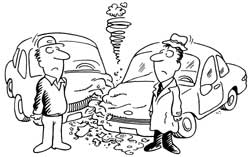 Having a car accident is a very upsetting, stressful situation. Being prepared and knowing what to do can make things a little bit easier. Make sure you know which host parent to call in case of an accident.
Having a car accident is a very upsetting, stressful situation. Being prepared and knowing what to do can make things a little bit easier. Make sure you know which host parent to call in case of an accident. Here is a video explaining how to carve a pumpkin (as well as some non-carving alternatives.) If you got a pumpkin at our pumpkin patch cluster meeting, I don’t recommend carving it yet. It would be better to wait until next weekend (10/26-27) if you want it to stay fresh for Halloween.
Here is a video explaining how to carve a pumpkin (as well as some non-carving alternatives.) If you got a pumpkin at our pumpkin patch cluster meeting, I don’t recommend carving it yet. It would be better to wait until next weekend (10/26-27) if you want it to stay fresh for Halloween.